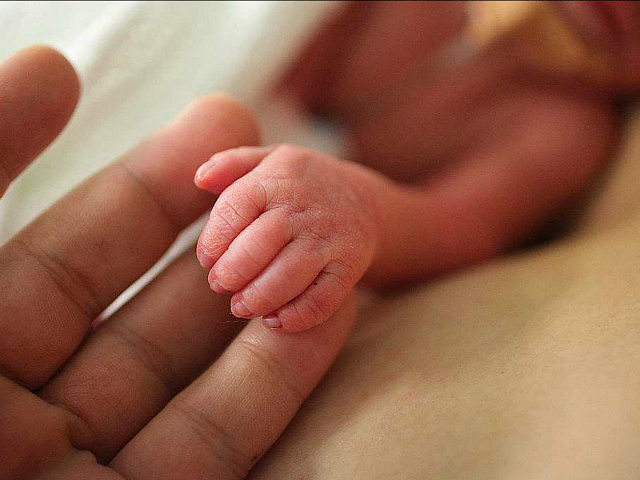The U.S. birthrate hit a historic low in 2017, well below replacement levels, a phenomenon that Vox is touting as “a sign of progress.”
According to a recent report from the Centers for Disease Control and Prevention’s National Center for Health Statistics, the general fertility rate for women between the ages of 15 and 44 in 2017 was 60.2 births per 1,000 women, the lowest recorded level since government records began over a century ago.
The total fertility rate (TFR) in the United States last year, which indicates the average number of births per woman in her lifetime, dropped to 1.76, considerably below the replenishment fertility rate for zero population growth of 2.1 children per woman.
According to Vox, the falling U.S. birth rate—which has now sunk below that of several European nations including France, Sweden, and the UK—may actually be a sign of progress, since it indicates greater reproductive freedom.
In an Vox article Tuesday by Julia Belluz, pointed out a number of reasons to be happy with the new data, namely that it signals better access to birth control, women’s advancement and improved conditions, and economic development.
“So — surprise, surprise! — giving women a technology that allowed them to control their fertility led to fewer teen pregnancies,” Belluz exclaims.
The fact that the U.S. birthrate is “aligning with other rich countries” is another “good news story out of the decline in fertility,” she writes, because low fertility generally indicates economic growth.
Yet in point of fact, the United States has by far the largest economy in the world, representing a quarter share of the entire global economy, which might suggest that European nations might wish to align themselves with the U.S. rather than vice versa.
Why would it be a good thing—one might ask—to repeat the mistakes of a continent that is suffering from a graying population, widespread economic stagnation, and high unemployment?
The effects of a dangerously low birth rate are already being felt in America.
As Janet Adamy has written in the Wall Street Journal, “many baby boomers are in or are near retirement, leaving a smaller share of young workers to pay into Social Security and Medicare. That is creating a funding imbalance that strains the social safety net that supports the elderly.”
Or as John W. Rowe notes in The Hill, Social Security and Medicare “impose heavy fiscal burdens on society,” much of which is workforce related and “paid through taxes tied to earnings and income.”
“The significant reduction in fertility in the U.S.,” he adds, “puts these programs at risk.”
Lower population growth is expected to take an increasing toll on U.S. economic growth. Projections by the Census Bureau just three years ago for the expected 2018 prime-age workforce—ages 25 to 54—overshot the mark by about 630,000 and the bureau has had to adjust its estimates down for prime-age workforce growth as a result.
In her Vox analysis, Ms. Belluz fails to mention another grim factor in the low U.S. birthrate, namely the fact that over one in five pregnancies currently end in abortion, for an annual total of more than a half million babies aborted.
“In the USA, where nearly half of pregnancies are unintended and four in 10 of these are terminated by abortion,” Worldometers notes, “there are over 3,000 abortions per day. Twenty-two percent of all pregnancies in the USA (excluding miscarriages) end in abortion.”
For some, this may be a “sign of progress.” For others, it is evidence of a degeneration that cannot help but have long-term negative effects on the nation.
Follow Thomas D. Williams on Twitter Follow @tdwilliamsrome

COMMENTS
Please let us know if you're having issues with commenting.